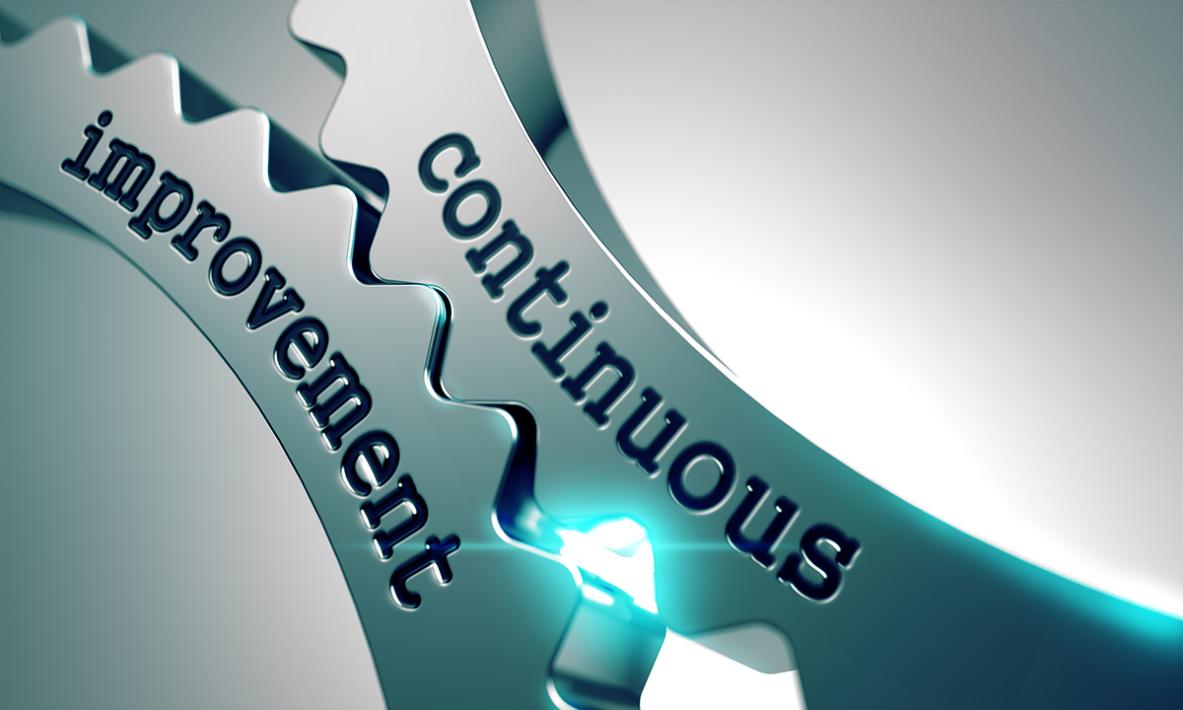Reinforcement Learning and Continuous Control: Navigating the Legal Landscape
Reinforcement learning (RL) and continuous control are rapidly evolving fields with the potential to revolutionize various industries, including robotics, autonomous systems, and game playing. However, as these technologies advance, so do the legal and regulatory considerations surrounding their development and deployment. This article explores the key legal issues associated with RL and continuous control, highlighting the need for a balanced approach that promotes innovation while ensuring public safety and ethical development.

I. Legal Considerations For RL And Continuous Control
Intellectual Property Rights
- Ownership of RL Algorithms and Models: Who owns the intellectual property rights to RL algorithms and models developed by researchers, companies, or open-source communities? This question becomes particularly relevant in commercial applications where intellectual property rights can have significant financial implications.
- Copyright, Patents, and Trade Secrets: RL algorithms and models may be protected under copyright, patent, or trade secret laws. Understanding the scope and limitations of these protections is crucial for developers and users of RL systems.
- Legal Cases Involving IP Disputes: Several legal cases have emerged involving intellectual property disputes related to RL. These cases provide valuable insights into the legal framework surrounding RL and continuous control.
Liability And Responsibility
- Liability of RL Systems: Who is liable in cases of accidents or harm caused by RL systems? Determining liability in autonomous systems powered by RL raises complex legal questions.
- Legal Frameworks for Determining Responsibility: Legal frameworks are evolving to address the liability of autonomous systems. These frameworks consider factors such as the level of autonomy, negligence, and foreseeability of harm.
- Role of Manufacturers, Developers, and Users: The roles and responsibilities of manufacturers, developers, and users of RL systems in liability cases need to be clearly defined.
Data Privacy And Security
- Data Collection and Usage: RL systems often collect vast amounts of data during training and operation. Concerns arise regarding the collection, storage, and usage of this data.
- Legal Requirements for Consent and Data Handling: Legal frameworks exist to protect individuals' privacy and data rights. RL developers must comply with these requirements, including obtaining consent, handling sensitive data responsibly, and ensuring data security.
- Implications of Data Breaches and Misuse: Data breaches and misuse in RL applications can have severe consequences. Legal frameworks address these issues and provide remedies for affected individuals.
Ethical Considerations
- Bias, Discrimination, and Fairness: RL systems can inherit biases from the data they are trained on, leading to discriminatory outcomes. Addressing these ethical concerns is crucial for the responsible development and deployment of RL systems.
- Legal Frameworks for Addressing Ethical Concerns: Legal frameworks are emerging to address ethical concerns in AI and autonomous systems. These frameworks provide guidance on promoting fairness, accountability, and transparency in RL development.
- Role of Regulation and Self-Governance: Regulation and self-governance play vital roles in promoting ethical RL development and deployment. Collaborative efforts between policymakers, industry, and academia are essential to ensure responsible AI practices.
II. Regulatory Landscape For RL And Continuous Control
Existing Regulations
- Review of Existing Regulations: Existing regulations that may impact RL and continuous control systems need to be reviewed to assess their adequacy in addressing the unique challenges posed by these technologies.
- Need for Specialized Regulations: The rapid advancement of RL and continuous control may necessitate specialized regulations tailored to these technologies, considering their unique characteristics and potential risks.
Emerging Regulatory Initiatives
- Recent Developments in Regulatory Initiatives: Highlight recent developments in regulatory initiatives aimed at RL and continuous control. Discuss the key provisions and implications of these initiatives.
- Potential Impact on RL Development and Deployment: Analyze the potential impact of these regulations on the development and deployment of RL systems. Consider the implications for innovation, safety, and ethical considerations.
International Cooperation
- Importance of International Cooperation: Emphasize the importance of international cooperation in regulating RL and continuous control. Harmonizing regulatory approaches across jurisdictions is crucial to avoid fragmentation and ensure global consistency.
- Challenges and Opportunities: Explore the challenges and opportunities for harmonizing regulatory approaches across jurisdictions. Discuss the role of international organizations and agreements in fostering global collaboration.
The legal and regulatory landscape surrounding RL and continuous control is rapidly evolving. A balanced approach is needed to promote innovation while ensuring public safety and ethical development. This requires collaboration among policymakers, industry leaders, researchers, and civil society organizations. Future directions for research, policy development, and international cooperation are essential to address the complex challenges posed by these emerging technologies.
YesNo

Leave a Reply